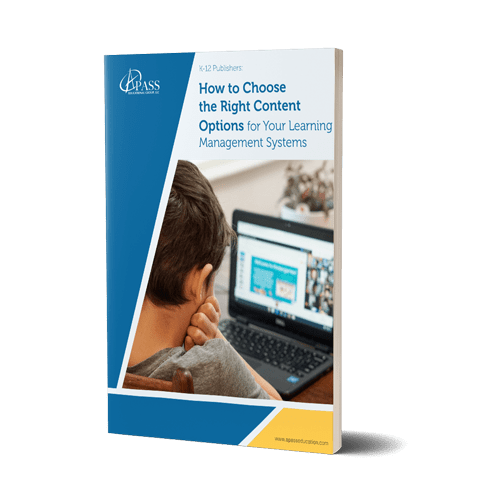As school districts strive to serve a large community of ELL learners, educational publishers likewise must rise to the challenge. In so doing, K-12 publishers face producing engaging, accurate, consistent, and relevant educational materials. To accomplish this goal, they must be knowledgeable of cultural norms and overcome the barriers, translating for younger audiences. The following are six issues K-12 publishers face when translating educational materials and some strategies for overcoming them.
1.) Consider Culturally Sensitive Voice When Translating
Firstly, translators of K-12 educational material must understand and maintain sensitivity to cultural norms in the languages when translating. This process will include customs and values like references to foods, celebrations, and everyday terminology familiar to the audience. As a result, translators must apply language localization strategies and focus on conveying the intended meaning while adapting to cultural norms.
2.) Maintain Uniform Terms and Phrases
Likewise, educational publishers must maintain consistency when translating materials part of a series or intended for the school district. Ensuring uniformity for words, phrases, and formatting allows students to learn easily and perform on assessments successfully. Therefore, publishers must create and adhere to specific guidelines, so the materials are consistent for the learners.
3.) Use a Quality Review Process When Translating
Because of this, K-12 publishers must follow the editing, revising, and reviewing process that includes multiple checks for quality and consistency. Involving several qualified translators in one project will help maintain accuracy in translation, cultural sensitivity, and grammatical issues.
4.) Understand Diverse Languages for Translations
Additionally, various school districts must meet the needs of students of multiple linguistic backgrounds.This issue may be a result of families immigrating to the country as well as refugees seeking asylum. Therefore, publishers must strive to provide quality translation services in a wide variety of languages to reach each learner.
5.) Age-Appropriate Vocabulary When Translating
Therefore, related to this need is tailoring translated educational materials to the proper age and reading level of the student population. This process requires knowledge of vocabulary that is suitable for young readers at the elementary level or more sophisticated older learners. Accordingly, publishers must ensure phrasing, structure, and language choices match the intended audience.
6.) Consider Rhyming Literature for Translations
Finally, educational publishers focusing on younger audiences may face translating literature that involves rhyming poetry or learning material. It can be particularly challenging to maintain a rhyming structure in another language. In these cases, translators must strive to not only produce a similar rhyming scheme but also adhere to the literature’s intention. Also, they will need to make it appealing to children.
In summary, K-12 publishers face numerous issues when translating educational materials. These include being culturally sensitive, using consistent terminology, and following a quality assurance process. It also involves translating into diverse languages, using age-appropriate vocabulary, and translating rhyming literature. Publishers will overcome these issues by adopting best practices and working with qualified and experienced translation professionals.





